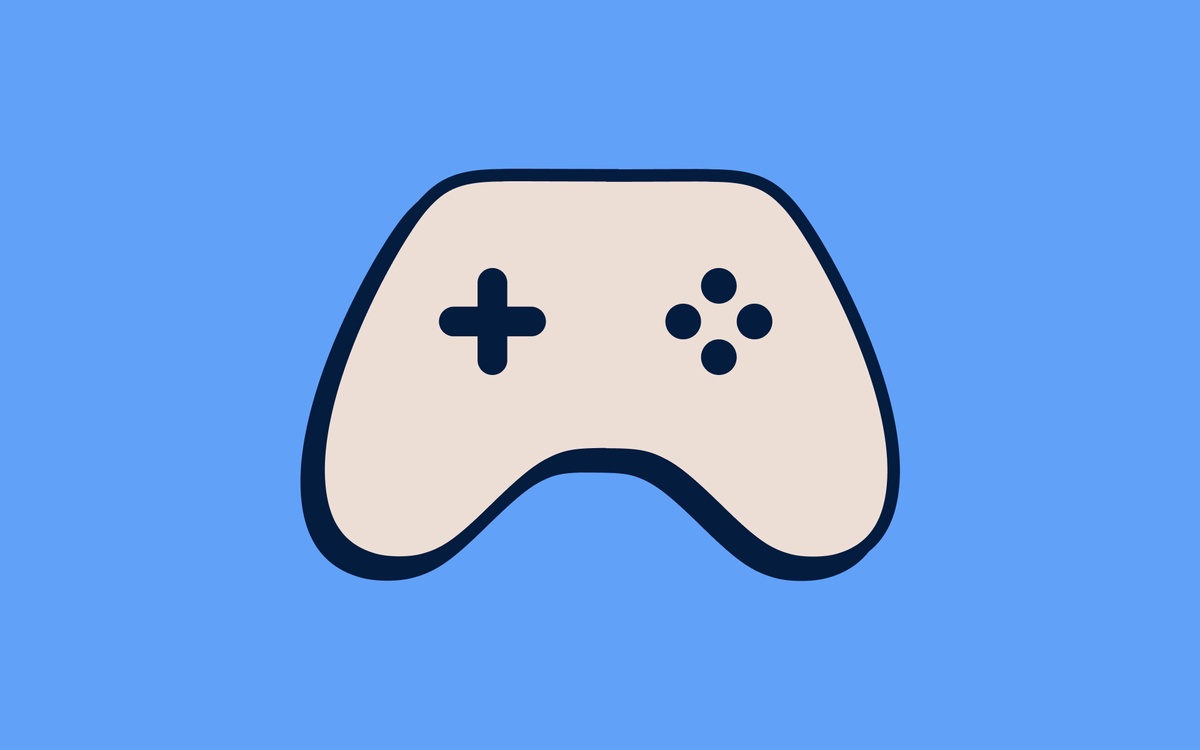In recent years, blockchain technology has sparked a revolution in the gaming industry, offering new avenues for decentralization, ownership, and innovative gameplay. Blockchain games leverage the principles of transparency, security, and immutability to create unique gaming experiences where players truly own their in-game assets. If you're eager to embark on the journey of blockchain game development, you've come to the right place. In this comprehensive guide, we'll walk you through the essential steps to bring your blockchain game idea to life.
1. Understand Blockchain Fundamentals:
Before delving into blockchain game development, it's crucial to grasp the fundamentals of blockchain technology. Familiarize yourself with concepts like decentralization, consensus mechanisms, smart contracts, and token standards (such as ERC-721 for non-fungible tokens). This foundational knowledge will form the basis of your game development journey.
2. Define Your Game Concept:
Like any game development endeavor, start by defining your game concept. Determine the genre, storyline, and gameplay mechanics that will make your blockchain game unique. Consider how blockchain technology can enhance player interaction, ownership, and monetization within your game world.
3. Choose the Right Blockchain Platform:
Select a blockchain platform that suits your game's requirements and development expertise. Ethereum is a popular choice due to its mature ecosystem, robust smart contract capabilities, and support for various programming languages. Alternatively, platforms like EOS and TRON offer high throughput and scalability for real-time gaming experiences. Evaluate factors such as transaction costs, scalability, and community support before making your decision.
4. Design and Develop Smart Contracts:
Smart contracts are the backbone of blockchain games, governing in-game assets, transactions, and player interactions. Design and develop smart contracts that define the rules and logic of your game, including asset ownership, trading, and gameplay mechanics. Ensure that your smart contracts are secure, audited, and optimized for gas efficiency to minimize transaction costs.
5. Integrate Blockchain Features:
Integrate blockchain features seamlessly into your game to enhance player engagement and ownership. Leverage non-fungible tokens (NFTs) to represent unique in-game assets such as characters, items, or land parcels. Implement decentralized marketplaces where players can buy, sell, and trade their NFTs with full ownership rights. Explore additional blockchain functionalities like decentralized finance (DeFi) integrations or governance mechanisms to enrich your game experience.
6. Focus on User Experience:
Despite the complexities of blockchain technology, prioritize user experience to ensure widespread adoption of your game. Design intuitive user interfaces that guide players through the onboarding process and facilitate interaction with blockchain features. Streamline tasks such as wallet management, transaction processing, and asset management to make the gaming experience seamless and accessible to all players.
7. Test and Iterate:
Thoroughly test your blockchain game to identify and address any bugs, security vulnerabilities, or performance issues. Conduct alpha and beta testing phases with a diverse group of players to gather feedback and iterate on your game design. Implement necessary updates and improvements based on user insights to enhance gameplay mechanics, user experience, and overall stability.
8. Launch and Market Your Game:
Once you're satisfied with the development and testing of your blockchain game, it's time to launch it to the public. Create a marketing strategy to generate excitement and attract players to your game. Leverage social media, gaming communities, influencers, and press coverage to reach your target audience. Consider organizing events, offering incentives, or partnering with other projects to increase visibility and drive user acquisition.
9. Community Engagement and Support:
Foster a vibrant community around your blockchain game by engaging with players, soliciting feedback, and providing ongoing support. Establish communication channels such as forums, social media groups, and Discord channels to facilitate interactions between players and developers. Listen to player feedback, address their concerns, and incorporate community suggestions into future updates to cultivate a loyal and engaged player base.
10. Stay Informed and Evolve:
The blockchain gaming landscape is constantly evolving, with new technologies, trends, and regulations shaping the industry. Stay informed about the latest developments in blockchain technology, gaming trends, and regulatory changes to adapt your game strategy accordingly. Embrace innovation, explore new opportunities, and continuously evolve your game to stay ahead in the dynamic and competitive market.
In conclusion, blockchain game development offers a gateway to creating immersive, decentralized, and player-owned gaming experiences. By understanding blockchain fundamentals, designing compelling gameplay mechanics, and prioritizing user experience, you can develop a successful blockchain game that captivates players worldwide. Embrace the creative possibilities of blockchain technology, embark on your development journey, and unleash the potential to revolutionize the future of gaming.


No comments yet